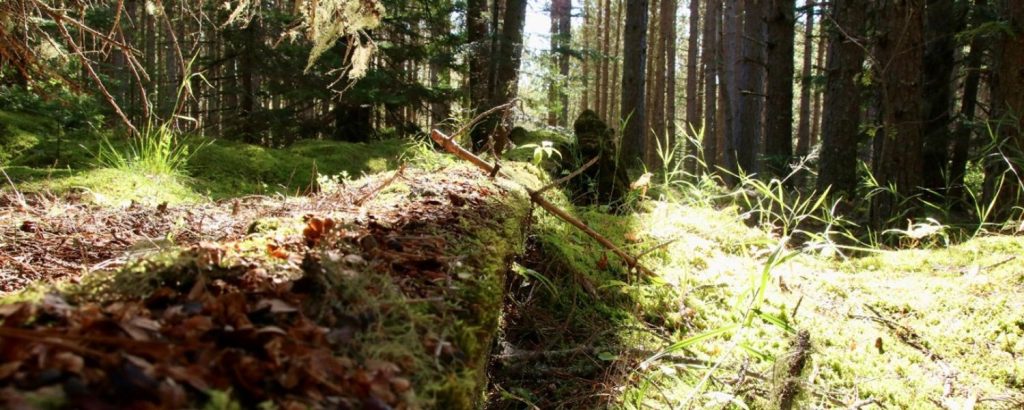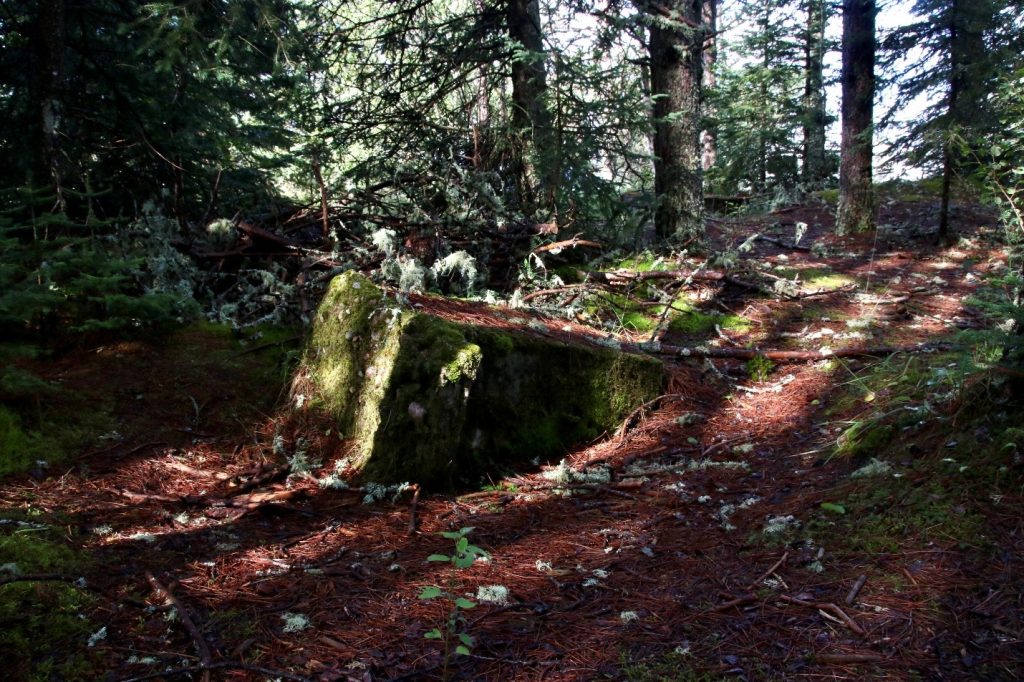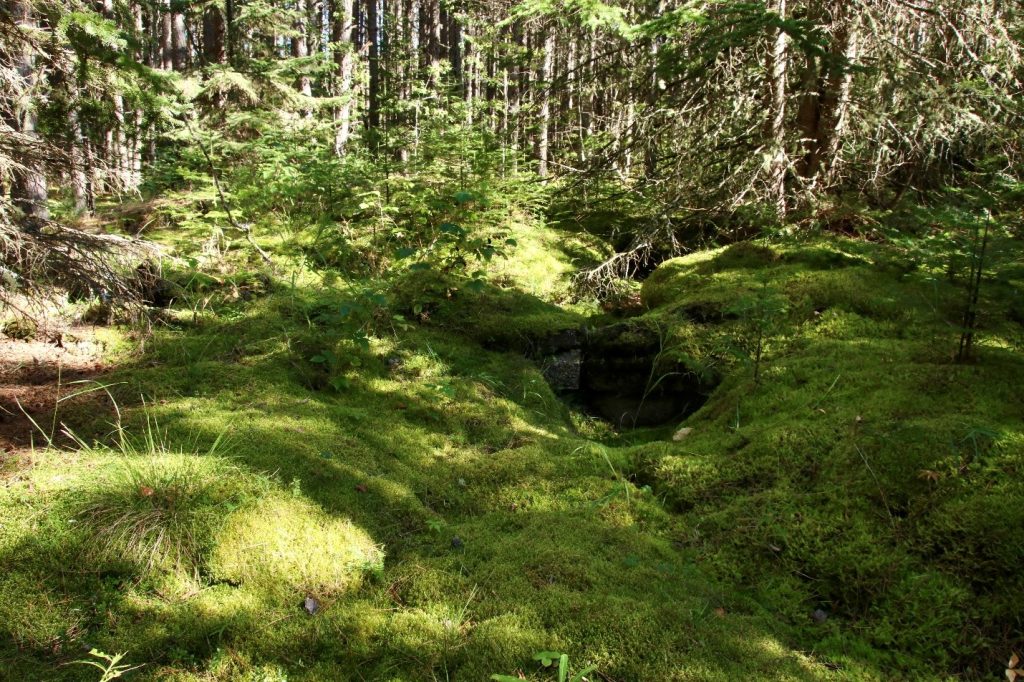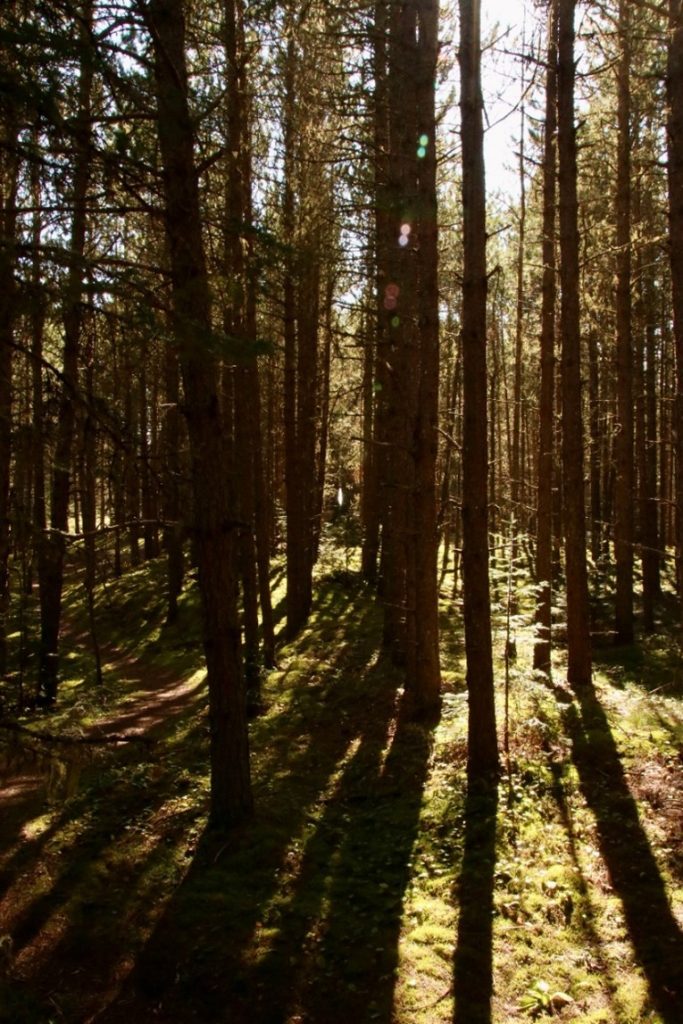
Today’s blog is written by Charlotte Westcott, former Discovery leader at Neys Provincial Park.
At the end of a story, you close the book.
A chapter has come to an end and with that comes a sense of deep finality.
History, unlike stories, never ends. There is no final word or page – no book to put away. So how then do you tell the stories of history?
Neys Camp 100 was a Prisoner of War Camp for German soldiers during WW2. Then, it was a Japanese Canadian Internment Camp. Following that, it was an “industrial farm” where offenders from the Port Arthur District Gaol (jail) were sent.
Each era wants to be a story. Each a tale with a definitive beginning, middle and end. Or so it seems to me – an avid storyteller and book reader.
You could end this story in 1953 when Camp 100 was declared officially dismantled. But that would be akin to cutting history off in the middle of a sentence.
The buildings of Neys had been dismantled down into component parts and used to build new buildings on nearby shores. There they can witness new stories.
With the final curtain being called on Neys Camp 100, had the time come to reflect?
To ponder?
The story, so to speak, was over. A camp opened, operated, and closed.

~
But history never stops.
In the 1950s, Highway 17 found the north shore of Lake Superior and visitors slowly began to discover the wonderful beach at Neys.
In the 1960s the Neys area underwent a massive change. Volunteer boy scouts planted hectares of non-native red pines and in 1963, construction began on a campground that lies roughly where the Prisoner of War Camp did 20 years earlier.
In 1965 Neys became a provincial park.
When you encounter Neys today, it is quite different from how it was in 1941.
I set out to write this blog about the moss, trees, shrubs, and other beings that grow on the remnants of Neys Camp 100. Instead, I had stumbled headfirst into the philosophy of historical preservation.
~
How do you pick a story?
Every snapshot of Neys is part of its overall history.
Construction, operations, abandonment, destruction, rediscovery, and more are all valuable, vital components of the story.
To tell the tale of only one part would be a disservice to the others. The answer I had found to what grows on history – is more history.
Nature itself has become a storyteller, weaving its own narrative into the fabric of Neys.

~
Lifetimes and lifetimes of history
One of the infinite delights of working for Neys Provincial Park is the people who approached me wishing to share their stories.
As a member of the Discovery team, I was someone people loved to report their discoveries to! Nary a day went by without a tale, be it about a wildlife encounter or a camping adventure.
The thing that set my role at Neys apart is the history.
Like grains of sand accumulating on the beach, visitors brought me pieces of stories and memories.
I saw letters from other generations, artifacts passed through families, precious photographs, cherished stories, and hundreds more moments of careful personal stewardship.

I spent the majority of my time either telling people about Neys Camp 100 or being told about the camp by others.
My favourite stories were those who comment on the trees. The steadfast rows of red pines are a brilliant marker of time for those who have been visiting Neys over the years since they were planted.
Photos of the young red pines have yet to make it back to Neys, but I love to imagine them. How would they have fended off fall storms? How would they have braved winter snows?
I appreciated the help of park visitors in painting their history for me. I will never forget one park visitor reminiscing about running through the rows and remembering when he was taller than giants.
~
Neys Provincial Park’s 60th anniversary

Neys Provincial Park is celebrating its 60th anniversary this year.
History never stopped. As time moves, the stories continue to grow. With every visitor to the park. With every storm. With every season and year, the history of Neys continues to grow.
As I sat down to write this blog, I am committing a miniature act of historical preservation. In that moment as I put my fingers to keyboard, I am inking an understanding into the world that could change with the next visitor to walk into my office.
There is a temptation to think any act of preservation is one of hubris. Who are we to choose when a story is complete? How can you know that the story you are telling is one that accurately and comprehensively captures a piece of this history?
However, to write a blog is not to close a book or to end a tale forever.
~
History is always around us and never ends
At Neys, we will always be waiting to hear your stories.
Visit Neys Provincial Park to learn more about the park’s history.
Neys Provincial Park is located 3 ¼ hours from Thunder Bay and 30 minutes from Marathon.


